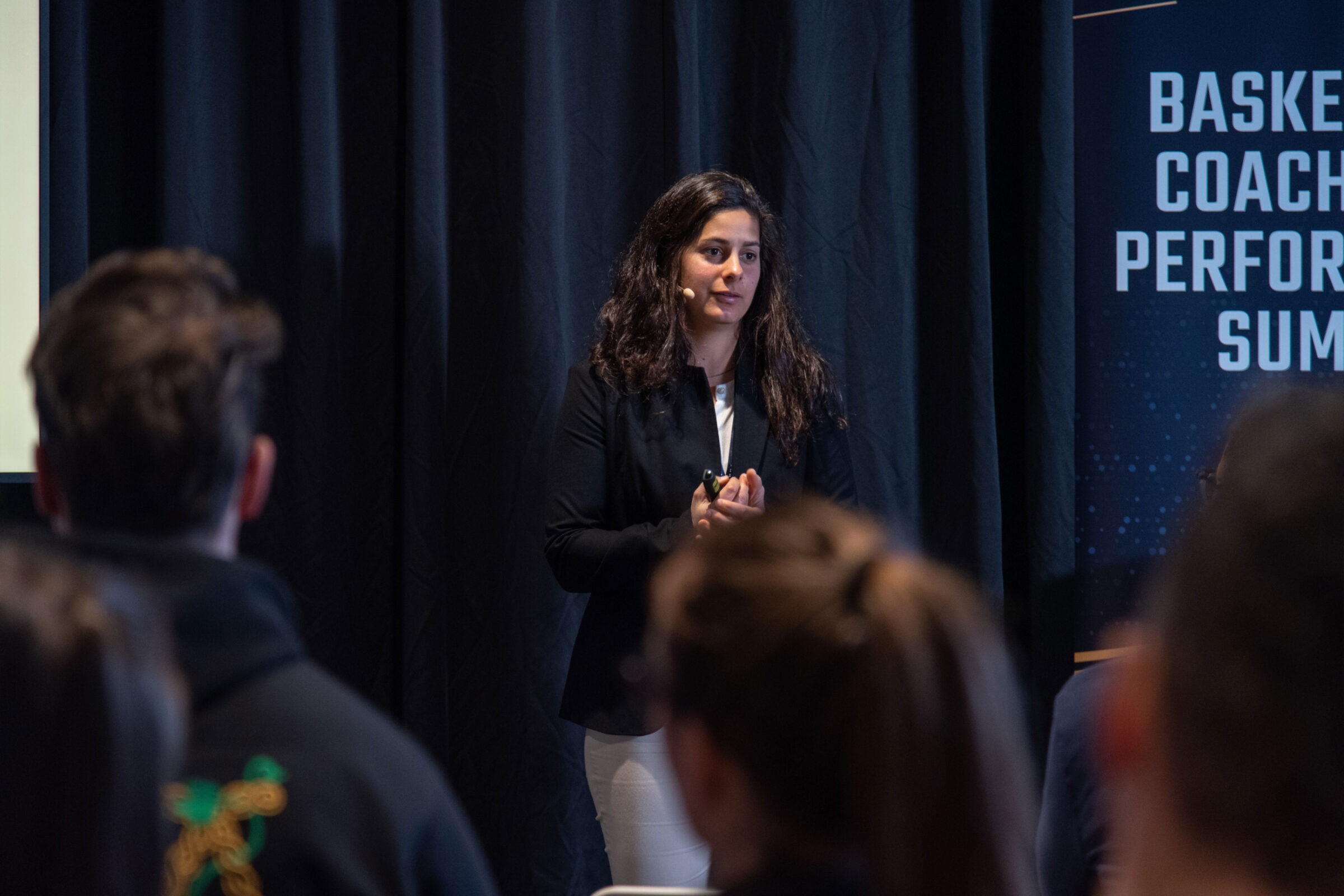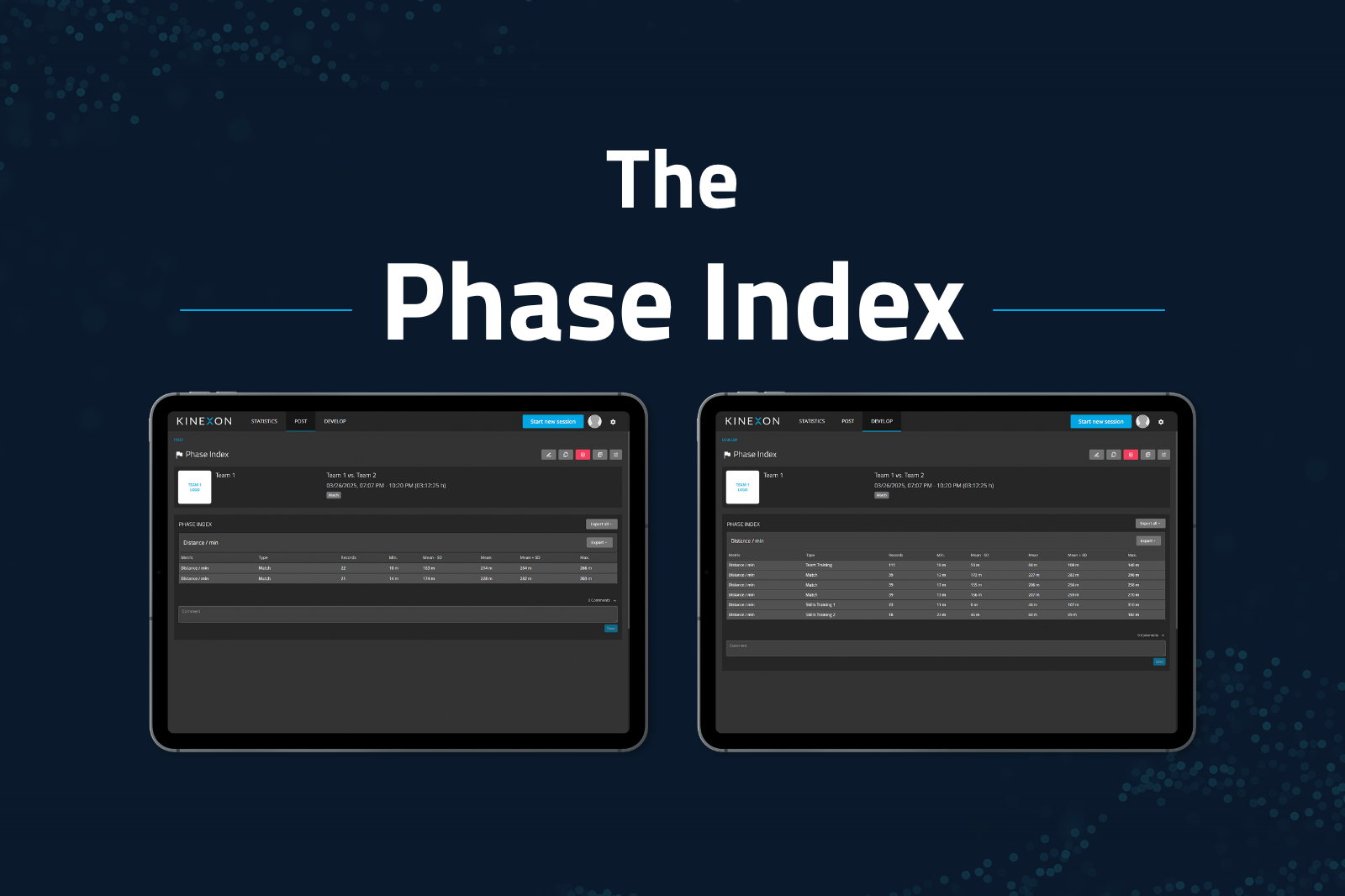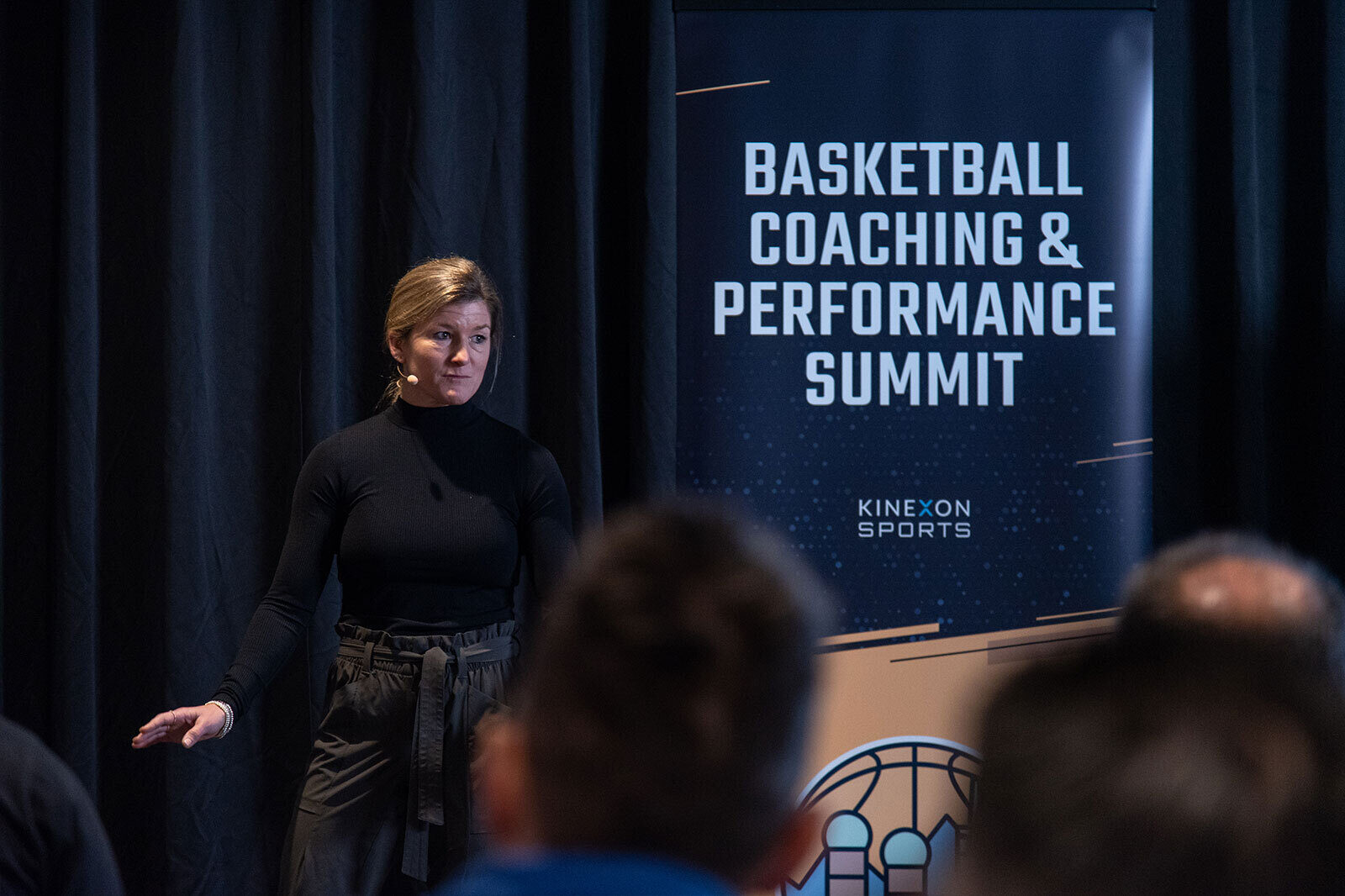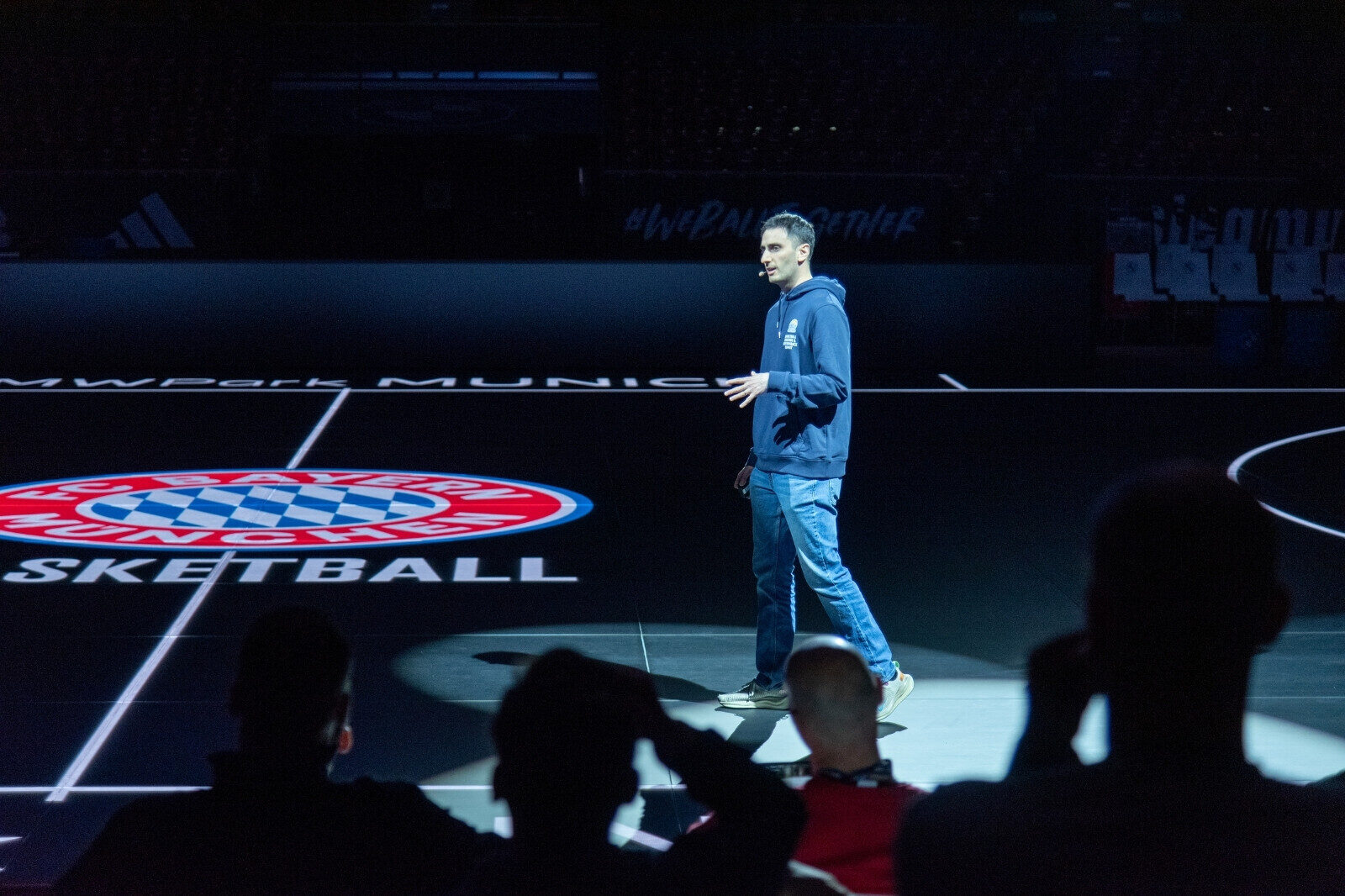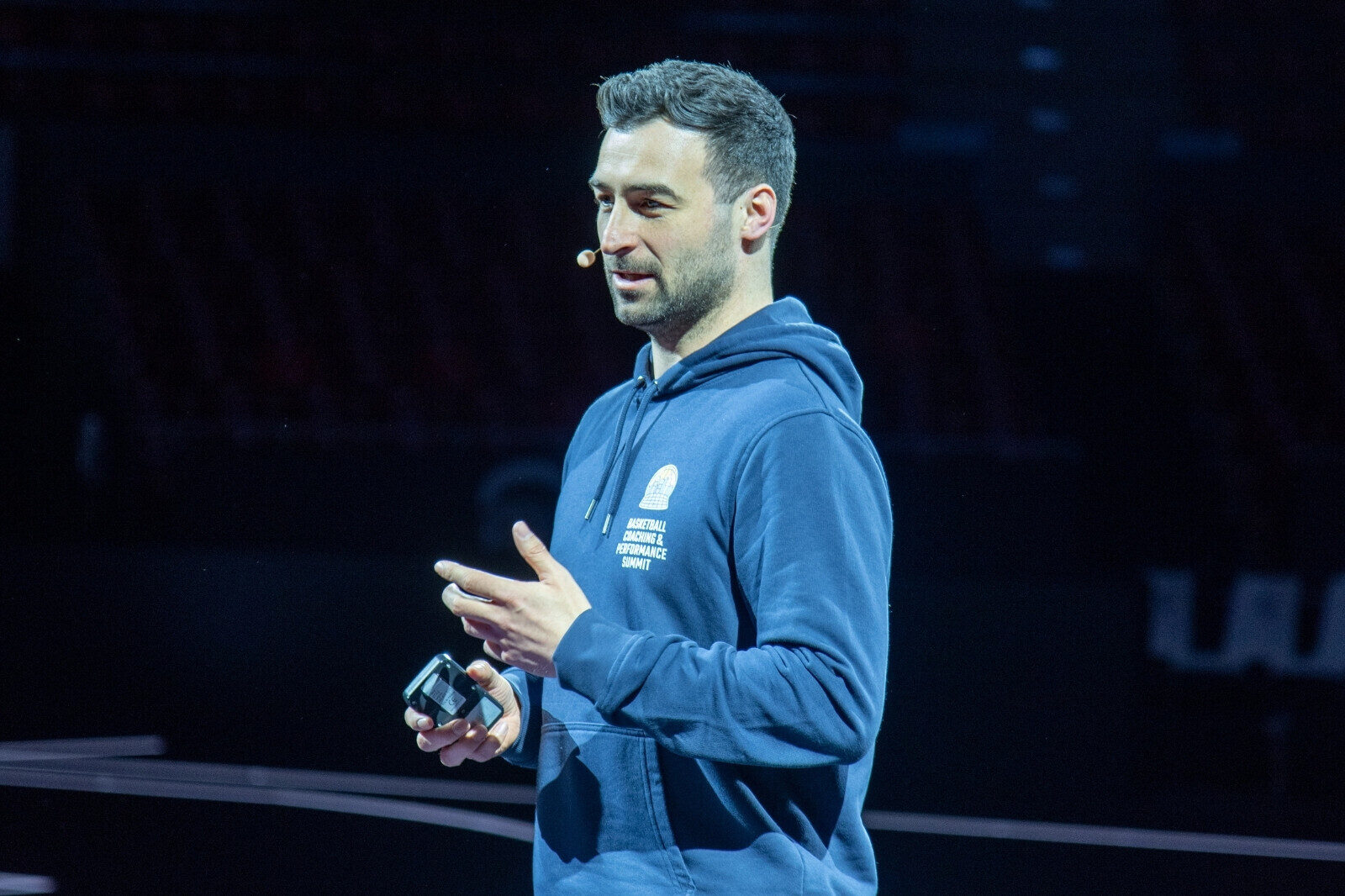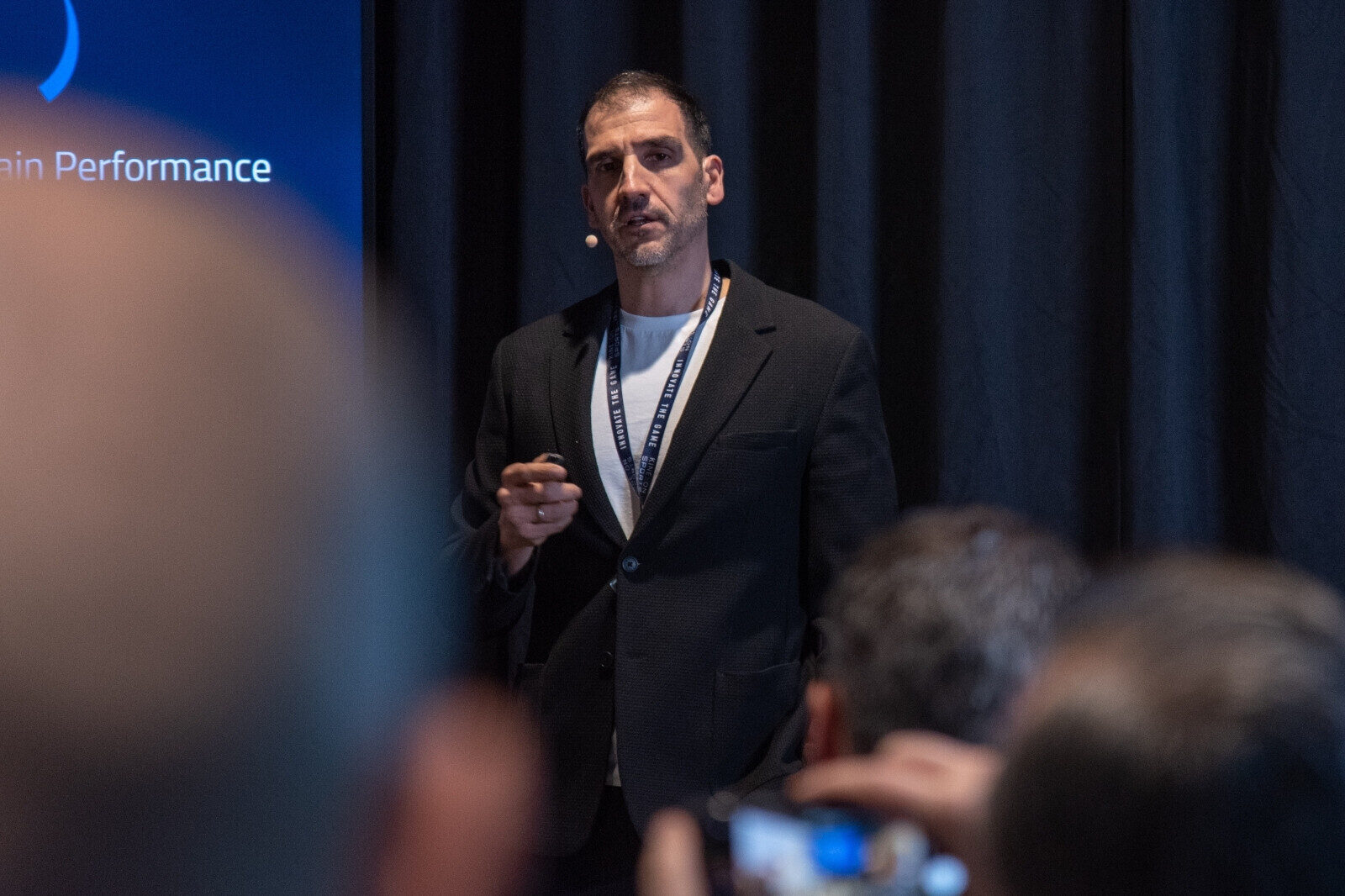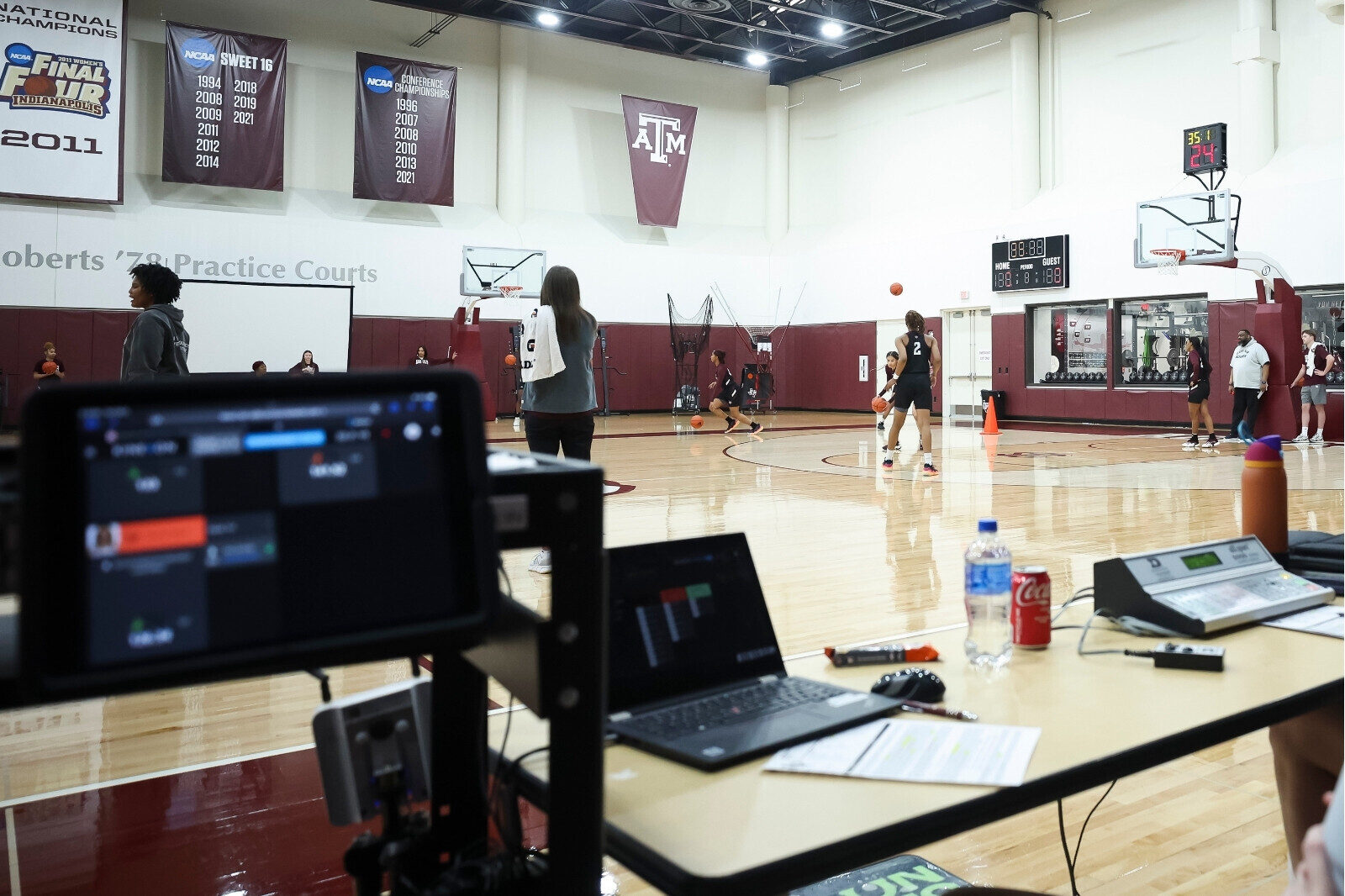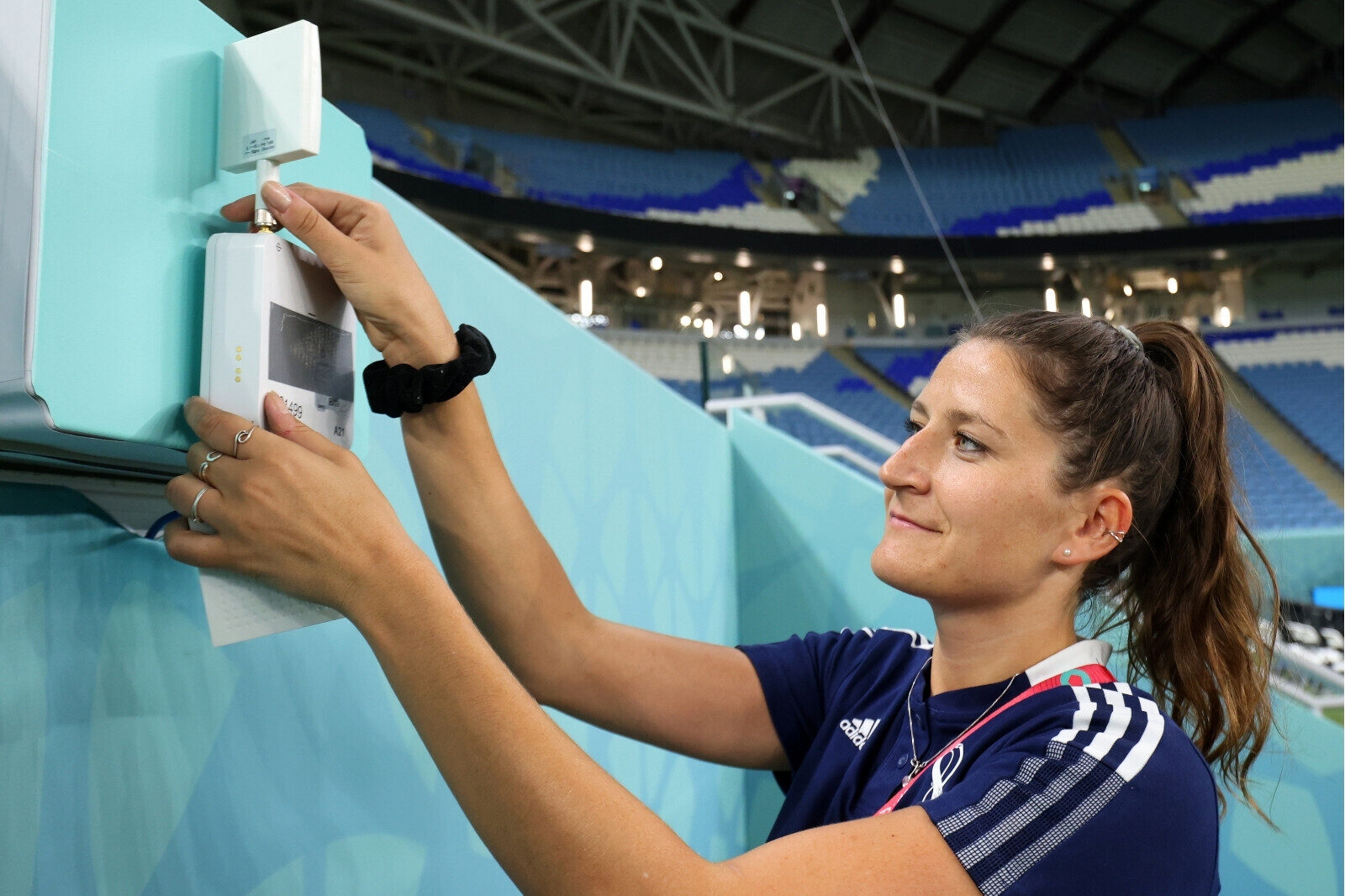What Data and Insights Does Connected Ball Technology Provide?
Author: Daniel Linke, PhD
Connected ball technology has recently been in the media spotlight. The ball sensor, and the data and insights it provides, is generating many questions about how the tech works.
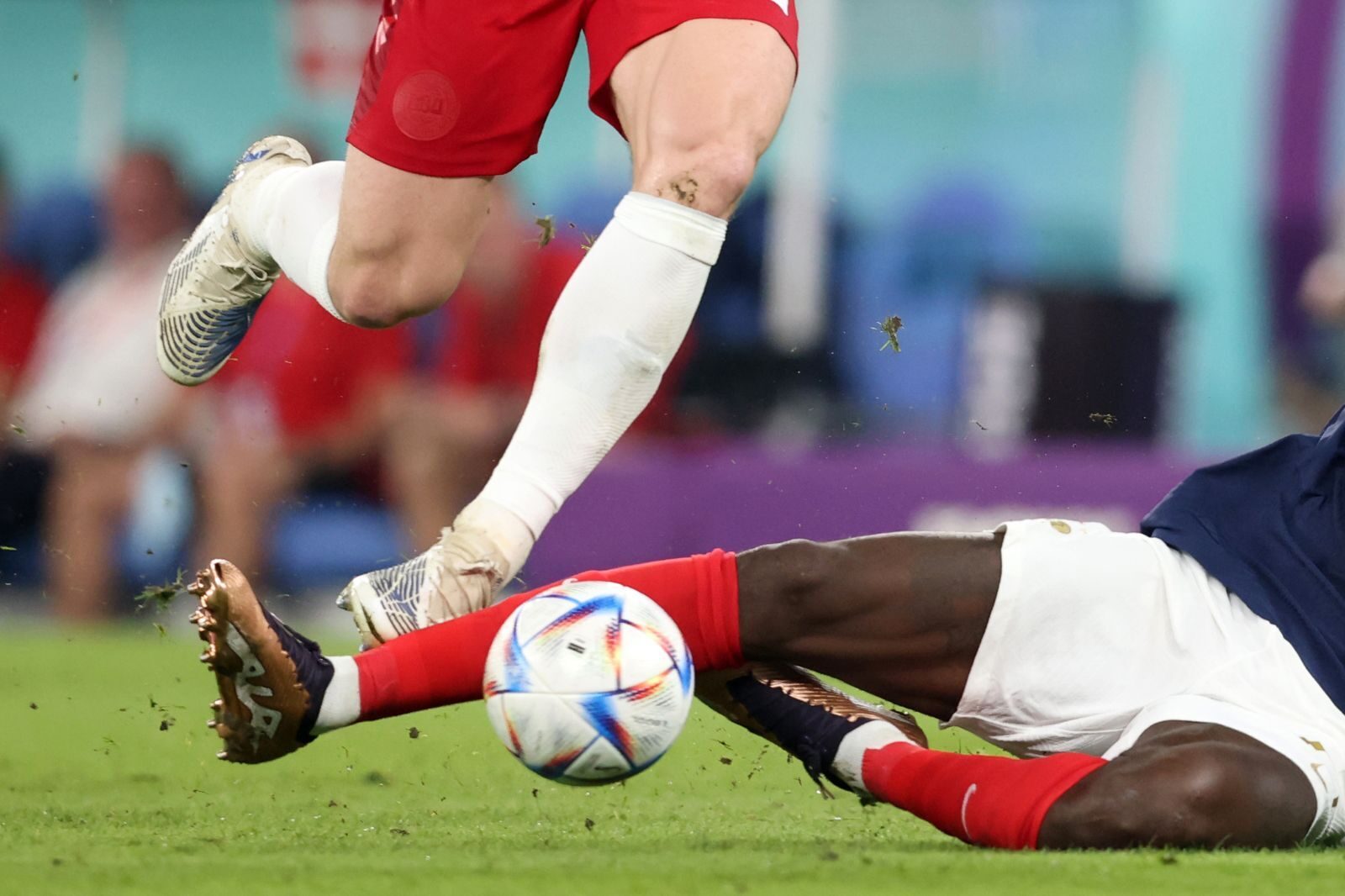
The term “Connected Ball Technology” gained recognition in 2022 as a specialized application of KINEXON’s ball tracking system, which is a joint effort involving adidas and FIFA, and is primarily used in several facets of sports:
- Officiating
- Performance
- Analysis
- Fan engagement
KINEXON’s ball sensor is seamlessly incorporated into the ball through a suspension system, a technology that was developed and patented by adidas.
Connected Ball Technology: 3 Examples of How Live Ball Data is Used in Top-Level Football
Data and Insights Provided by Connected Ball Technology
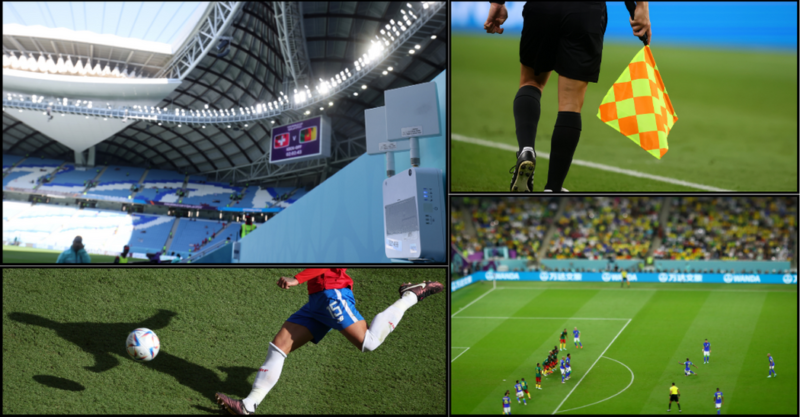
The data and insights that connected ball technology provide offer a range of benefits for different stakeholders in sports. Here are some of the main ones:
Officiating
For referees, it provides critical, precise data pinpointing the exact moment the ball is played. This precision is integral to support the referee’s decisions on many situations, including:
- Potential handball offenses
- Fouls
- Offsides
There are other situations that apply. These are just a few, but this significantly narrows the margin of error in such decisions. Moreover, it supplies referees with essential context for calls that are ambiguous in video footage, such as nuanced handball infractions.
By streamlining the VAR review process with this additional layer of information, referees can make quicker, more accurate decisions, enhancing the integrity and fairness of the game.
Players and Coaches
The data can help improve performance and reduce injuries by supplying feedback on the ball’s behavior and the team’s tactics. For example, the information can expose things like:
- How fast the ball is moving
- How often it is passed
- How accurately it is shot
- How much it spins
- How the ball is circulated across the pitch by the team
Players and coaches can identify strengths and weaknesses, optimize strategies, and monitor progress.
Media and Broadcasters
For media and broadcasters, it enhances the live reporting and storytelling of the matches by providing new and exciting statistics and graphics. For example, the data can provide detailed information, including:
- Dynamic trajectory and speed of the ball
- Distance and angle of the shots
- Number and location of passes
- Impact and spin of the ball
These insights can help media and broadcasters create more engaging and informative content for the viewers.
Fans and Spectators
It can create more immersive and interactive fan experiences by providing access to the live data and insights on the ball. For example, the data can provide many insights, including:
- Show the ball’s position and motion on a virtual map
- Additional info on freekicks such as flight curve, spin rate, speed, distance etc.
- Immediate highlight stats on ball speed, pass lengths & more
This information helps fans and spectators enjoy the matches more and participate in gamification and social media activities.
René Prüßner, Head of Sports Science at KINEXON, provides insights into how ball tracking can expand evaluation across physical, tactical and technical aspects of football (soccer). In case you missed it:
Watch Video
The Benefits of Ball Sensors Extend Beyond the Pitch

Some of the additional data and insights that connected ball technology can provide include:
- Exact location of the ball on the field
- Impact (sensitive touch recognition)
- Possession, passes, shots, and goals of each team and player, as well as the accuracy and quality of these actions
- Use the data to develop and fine-tune practice and game plans
- Media content creation can generate new stories for social media and website use
Ball tracking technology provides accurate, real-time, and valuable information in many different ways, and for all involved.
Ball Tracking Technologies Are Becoming Essential

In fact, it’s already being used in professional football (soccer) and handball matches, and it has the potential to be applied to other sports and domains in the future.
If you would like to learn more about KINEXON ball tracking, contact us at any time. Or watch our webinar: “Data with Context: How Ball Data Transforms Subjective Impressions to Objective Measures,” by clicking the link below.
